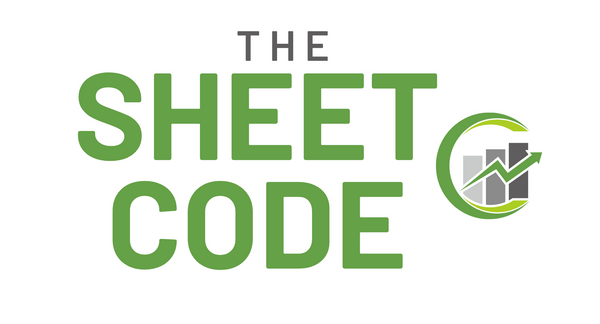How to Budget with Variable Income (Even If It Changes Every Month)
You finally sit down to make a budge and then realize your paycheck isn’t the same this month. Again.
If you’re a freelancer, nurse, contractor, salesperson or anyone with income that fluctuate, you already know this feeling. One month feels great. The next feels like a scramble. And traditional budgeting advice? Completely misses the mark.
Let’s fix that!
Why Traditional Budgets Fail People with Inconsistent Income
Most budget tools assume your income is fixed. But if you’re living in the real world, it often isn’t.
Maybe your hours change. Maybe you have a side hustle. Maybe you make commission, or work on contract. That variability creates stress because you’re trying to force a fixed system onto a flexible reality.
Without the right structure, this happens:
- You overestimate your income and overspend.
- You underestimate and feel constantly behind.
- You yo-yo between feast and famine months.
The Core Strategy: Budgeting Based on a Low-Income Baseline
Start with your lowest reliable monthly income. That’s your baseline.
If your income usually ranges from $3,200 to $4,500, budget using $3,200. Use that number to plan your essentials. Anything above that becomes variable overflow that can go toward savings, debt, goals, or guilt-free spending. Alternatively, you can take an average of the past 6 months and use that as your baseline as well. It is a bit more riskier so try both and find what works best for your risk tolerance.
Both methods gives your budget a buffer and reduces the emotional whiplash that comes with income swings.
How to Make a Budget That Flexes with Your Pay
Step 1: Track Every Income Source
Log everything: salary, tips, freelance work, side gigs, commissions, even irregular windfalls. Label each as either fixed or variable.
👉 Our Ultimate Personal Finance Package has the option to create your own income categories, you can assign one as 'Flexible' and one as 'Steady'. At the end of year, you can review and see how you planned versus what you actually earned. It is a powerful option and one that can lead to powerful insights!
Step 2: Build Your Budget from Your Baseline
Use your lowest typical monthly income to fund your needs—rent, groceries, bills, transportation. If it doesn’t cover it, that’s your red flag to re-evaluate expenses or build more stable income streams.
Step 3: Give Your Extra Income a Job
When you earn more than your baseline, assign it before you spend it. Overflow income goes to savings, debt payoff, sinking funds, or quality-of-life upgrades you’ve pre-planned.
This prevents lifestyle inflation, guilt spending, and that “where did it all go?” spiral.
The Real Win: Stability Without the Guesswork
Variable income doesn’t mean chaos.
You can still have a clear plan, control over your spending, and peace of mind even when your paycheck changes. The key is shifting from reactionary budgeting to proactive planning.
Our Ultimate Personal Finance Package was designed with variable income in mind:
✅ Track both consistent and inconsistent income streams
✅ Build budgets based on low-income baselines
✅ Assign extra income automatically with smart dashboards
✅ Stay calm and in control even when your income isn't
Up Next: What Is Subscription Creep (and How to Stop It)
Even with a strong income plan, leaks can undo all your progress. In next week’s post, we’ll dive into the silent budget killer that’s hiding in your phone and email right now - subscription creep.

